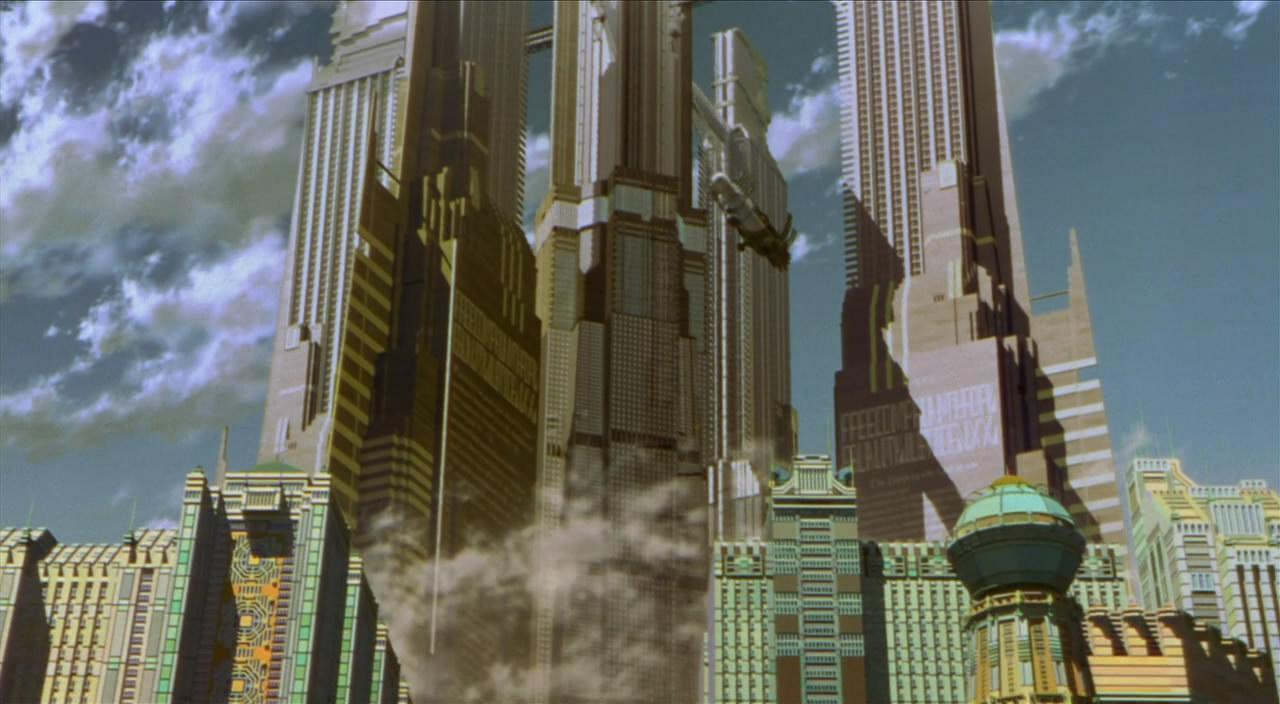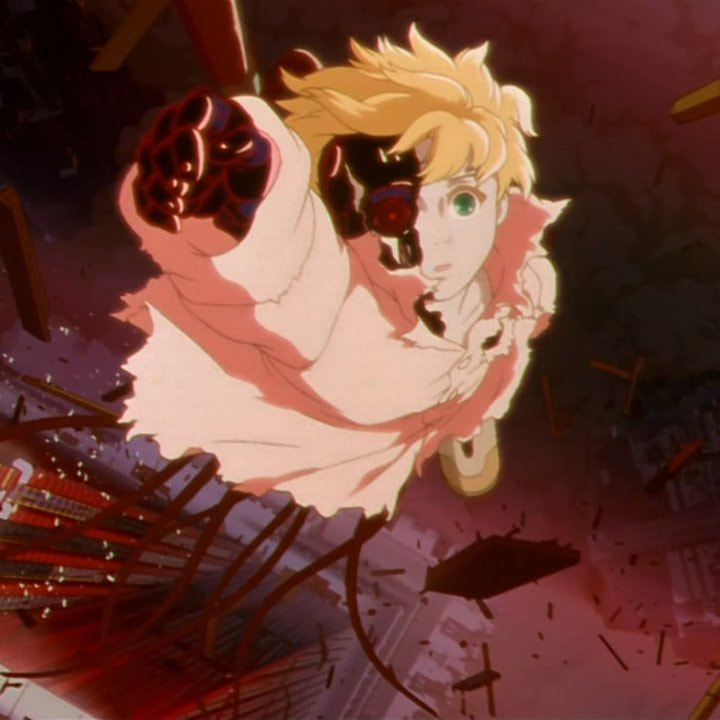Consisting of two anime films based on manga by the famous Osamu Tezuka, the program explores the dialogue between Eastern and Western visual cultures since the middle of the last century.
Kimba the White Lion (Jungle Emperor) (1966) and Metropolis (2001) reflect the passages between Western and Japanese cultures brought on by the US military occupation of Japan after the Second World War. The seven-year long occupation had a great impact on the Japanese post-war identity and its contemporary culture.
Rapid westernization of Japanese society came hand in hand with the discovery of modern Japan by Western popular culture—a process that has been reflected in many artefacts of cultural exchange—primarily in film and television programs. Not only particular images and characters (such as Godzilla), but also entire genres, cultural practices, and technological trends (such as the Japanese boom in robotics) crossed the ocean and got a new life in the West. At times, themes and characters borrowed by the West later returned to their country of origin to be re-assimilated (such was the case with Kaijū monsters). Many films have been co-produced by Japanese and American film industries to be screened in Japan and abroad.
Two anime films featured in the program reflect this complex history of cultural exchange. Kimba the White Lion (Jungle Emperor) follows the adventures of a little white lion named Kimba and created in 1950 by the legendary Japanese manga artist Osamu Tezuka. The full-length film, made in 1966, was based on the 1965–1967 anime series—the first color anime ever shown by Japanese television. Both the series and the film became popular in America and later inspired Roger Allers and Rob Minkoff to create their famous Lion King, released by Disney in 1994.
The story beyond Metropolis created by Shigeyuki Hayashi (also known under his pseudonym Rintaro) dates back even further. Rintaro took inspiration in Osamu Tezuka’s manga that reinterpreted the seminal dystopia envisioned by Fritz Lang in 1927. Translating the masterpiece of German expressionism into the language of contemporary anime, Rintaro also developed Lang’s ideas to reflect on the traumas of the twentieth century and the challenges of the new millennium.

